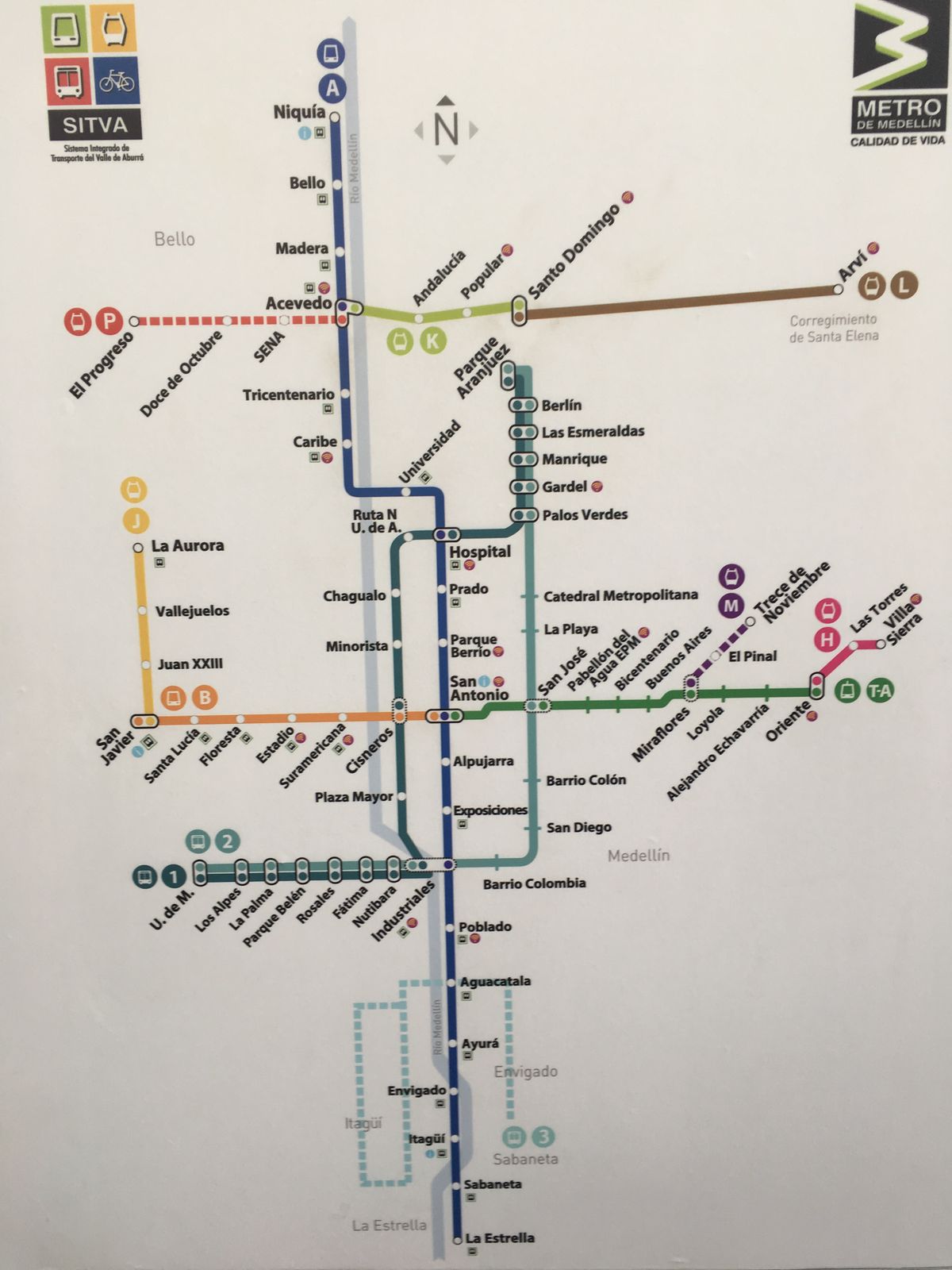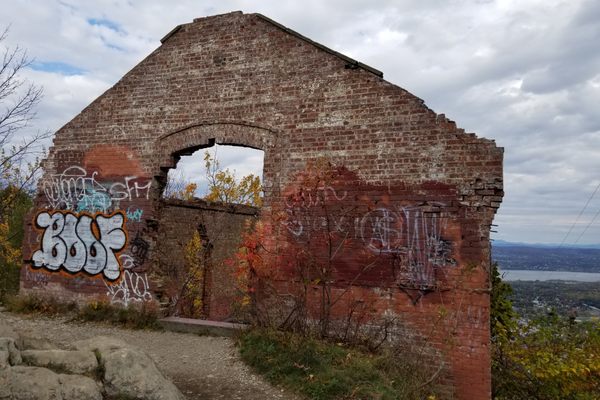About
Medellín is a forbiddingly steep city. As it expanded rapidly in the late 20th century, informal neighborhoods—usually unauthorized, unplanned, and unserved by city government—climbed up the slopes of the Medellín River valley. The mostly poor people in neighborhoods like Santo Domingo and Popular faced daunting commutes to jobs downtown, not least because roads were too narrow and steep for decent bus service.
In 2004 the city pioneered a new kind of mass transit, a fast-moving urban gondola system called Metrocable that carries commuters from the hills directly to the light-rail station at the valley floor. The Metrocables—as of 2018 there are three of them, with more planned—have proved both wildly useful and popular, as well as extremely scenic.
The cars, which each hold eight passengers, speed up the hills on an elevated cable at 10 miles an hour. They are not much different from a gondola that might take you up to the top of an Alp. But what’s different are the setting and the passengers. Stations are dropped right in the bustle of jam-packed city neighborhoods. Line K, the city’s first and most popular line, has 30,000 riders each day, and cuts commute times in half or more. They’ve also become popular with tourists, since they offer amazing views of the city.
The Metrocables are wonderful, but they’re also strange. They make incessant noise, so people who live and work under them have to learn to block out the racket. The cars also offer excellent views into house and apartment windows, enabling urban spying.
Related Tags
Know Before You Go
The city has three cable lines, K, J, and L. Line K starts at the Acevedo rail station and climbs up more than a mile, and four stations, to Santo Domingo. It's a free connection between train and Metrocable. You can switch to line L at Santo Domingo and take that line to Parque Arvi.
Colombia Discovery: Coffee, Art & Music
Explore Colombia's depth: art, history, culture & transformation.
Book NowCommunity Contributors
Added By
Published
May 25, 2018






















































































